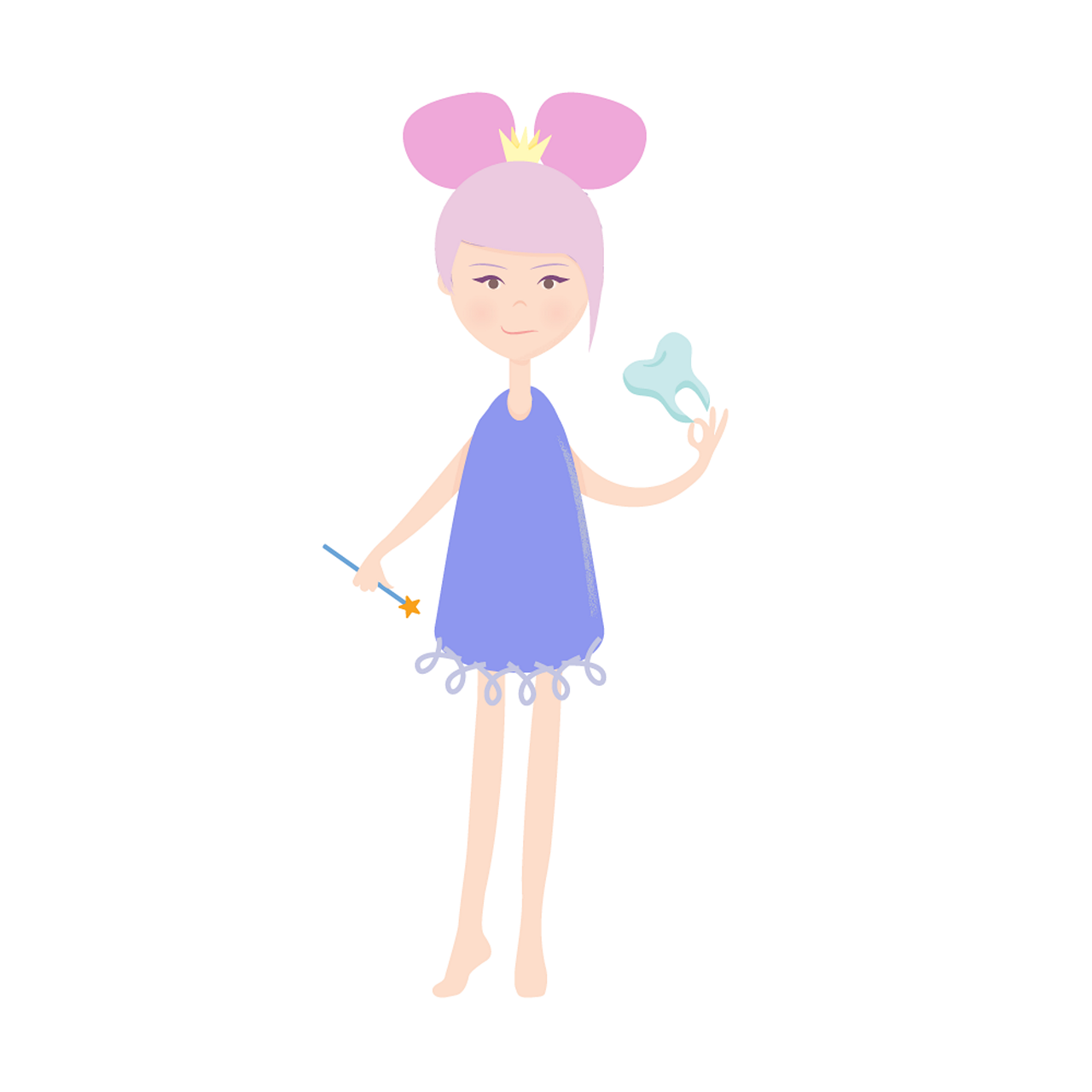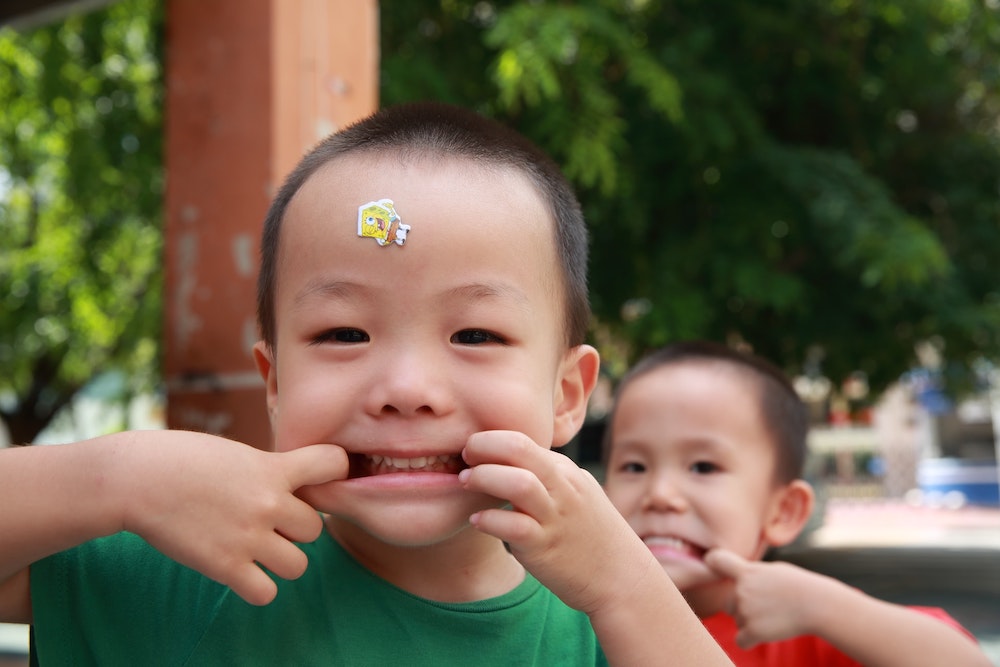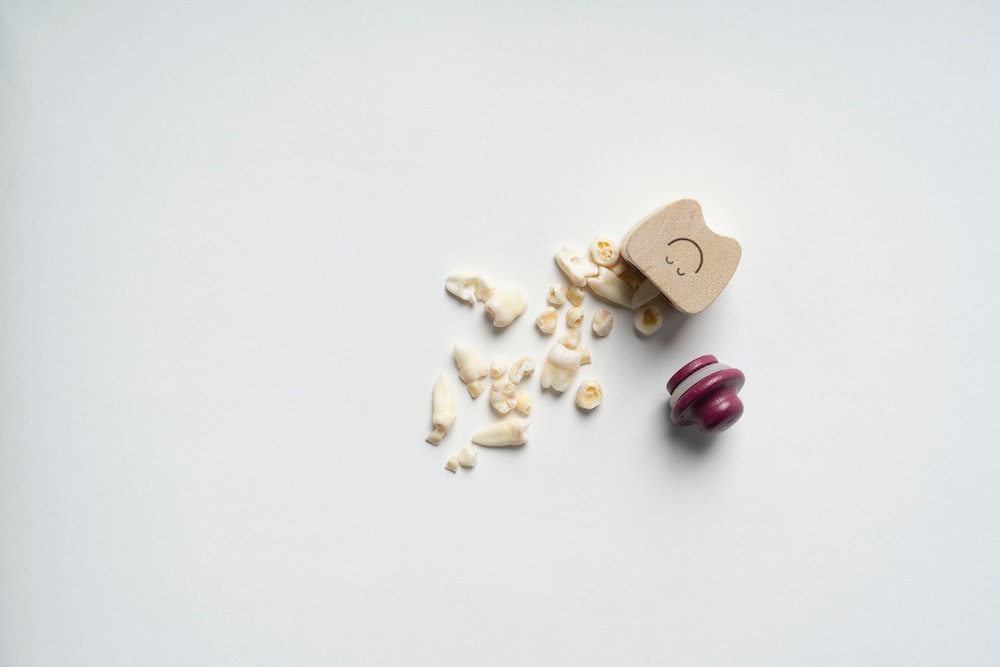
How Much Do I Pay The Tooth Fairy?
December 11, 2021Yes, things have changed from when we were kids. For starters, the tooth fairy pays out a lot more money than she used to. We can blame inflation for the price jump, and potentially other tooth fairies keen to pay top dollar for tiny teeth.
However, you’re not stuck having to pay a bundle of money for a full set of baby teeth. Many parents – er, tooth fairies – have come up with alternatives to giving cold hard cash over the six or seven years that the tooth fairy visits.
How Do I Prepare for the First Visit?
Most children have a full set of 20 primary teeth by age three, and they start to lose these teeth by age five or six. Teeth may fall out as early as age four or as late as eight.
When your child has his/her first wiggly tooth, it’s a good time to talk about the tooth fairy paying a visit when the tooth eventually falls out. If they are anxious about losing the tooth, keep the conversation light and positive. You can:
- Plan for the tooth fairy – decide where you’ll put the tooth (under the pillow, in a special box, on the table with a note) and remind them that the tooth fairy will leave a surprise in return for the tooth
- Explain the process of losing teeth – everyone gets two sets of teeth, and why adult teeth are needed instead of baby teeth
- Assure them that it won’t hurt if it falls out naturally, and there may be a little bit of blood from where the baby tooth was attached to the gum
When the tooth does finally fall out, celebrate! It’s a big milestone for both kids and parents to lose a first tooth. Be sure to congratulate, hug, and talk about how you’ll prepare for the tooth fairy that night.
To Wiggle or Not to Wiggle?
Wiggling the tooth is perfectly acceptable, especially if it’s clear that an adult tooth is trying to grow in. If your child is keen to yank or pull, we’d recommend against it—the tooth will come out naturally on its own.
Removing primary teeth too early is not only painful, but also can affect where the adult teeth grow in, potentially causing misalignment issues. If you’re concerned about a wiggly tooth taking too long to fall out, and an adult tooth growing in behind it, please see your dentist.
What is the Going Rate for the Tooth Fairy?
If you search online for “tooth fairy rates” or “tooth fairy price”, you might discover that in the United States, the average cash gift is $4.70 USD per tooth according to a 2021 national survey published in Seattle Child. Across the regions the range is $3.56 (Midwest) to $5.72 (Northeast).
This same American survey claims that Canadians pay more at an average of $5.99 CAD per tooth. However when we surveyed a smaller group of local parents in the Lower Mainland, the average was in the $3–5 range CAD.
At the time of writing this, the last big Canadian survey on the topic was by Visa Canada in 2015. They reported that Canadian kids receive on average $3.44 CAD per tooth.
Some parents noted that younger children are more than happy with a handful of coins, since they don’t understand the value of money just yet.
Tip: If you want to encourage a reluctant brusher, you might tell them that the tooth fairy pays more for healthy teeth!
How Much Does the Tooth Fairy Give for the First Tooth?
In recent years it has become popular to give children more money for the first tooth to help celebrate the milestone. Many parents will double the price they’ve set in their minds for the other teeth.
It’s a personal preference, but be aware that you are setting expectations for all those other teeth that will be falling out! Some families make the first tooth loss special by writing a note from the tooth fairy or including another treat instead of additional money.
Do I Have to Give Money?
Noone is forcing the tooth fairy into your home. However, keep in mind that the media (books, cartoons, and movies like “Tooth Fairy” with Dwayne Johnson) as well as other kids, keep the legend front and centre for your children. Younger children are usually excited to report to school friends when the tooth fairy has been to their house, and what she left behind.
Some non-cash tooth fairy gifts that we’ve heard about include:
- A note with a little toy or treat and magical glitter dust
- Favourite trinkets or collector items, e.g. special rock or trading cards
- Notes of encouragement or positive reinforcement around tooth care
- Coupons for treats
When Does the Tooth Fairy Stop Showing Up?
Many parents report that the tooth fairy stops – much like Santa – when the child stops believing in her.
Others say it gradually ends around age 10 or 11 when most of the primary teeth are lost anyways. Or when the tooth fairy starts to forget to leave that toonie!










